5 min read
Share this post

In English, we use the future perfect continuous to express an action in the future up to a specific time (By 10pm I will have been working for 9 hours straight!). Although the future perfect continuous tense may seem obscure, it is a relatively common construction in every day speech to describe events with specified duration in the future.
You can find our future perfect continuous lesson content filed under our Verbs Continuous category on our Teacher Tab.
The distinction between the future perfect simple and the future perfect continuous can be a challenge for many ESL learners. We make special note of this distinction in our lesson content and we offer ample exercises to practice the situational distinction:
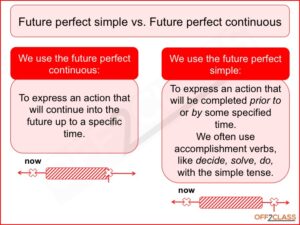
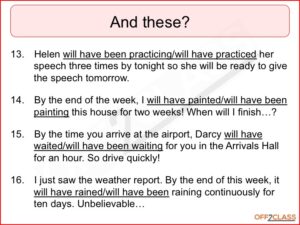
We also make special note of state verbs and remind students that they are not used in continuous tenses. In addition, we make note that for ongoing states (e.g. They will have been married) we use the future perfect simple.
We also offer ample situational exercises, where from a set of pictures and time reference points, the student can express activities using the future perfect continuous:
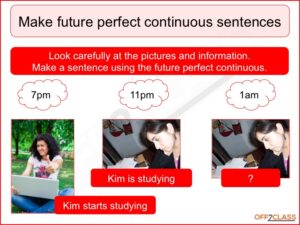
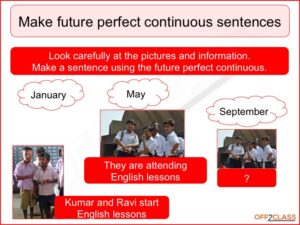
The future perfect continuous is a great tense to tackle with your ESL students as they become more familiar other future tenses as it can solidify their existing knowledge. It also provides great reinforcement of the use of continuous tenses with state verbs.
Share this post

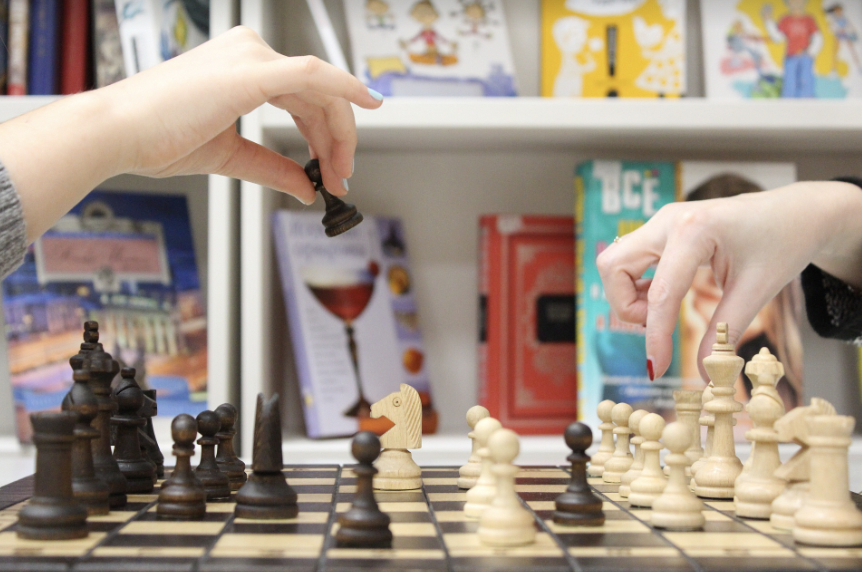
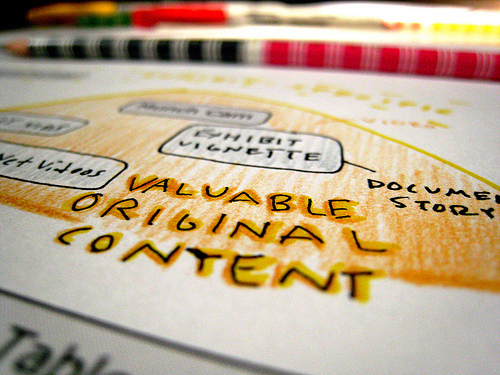
One Comment
Thank you very much. I found the material on this site very helpful